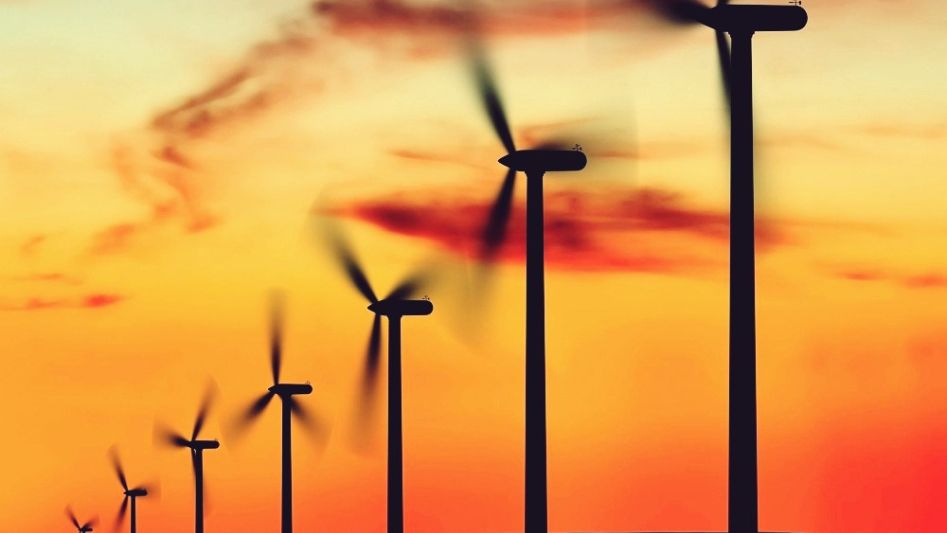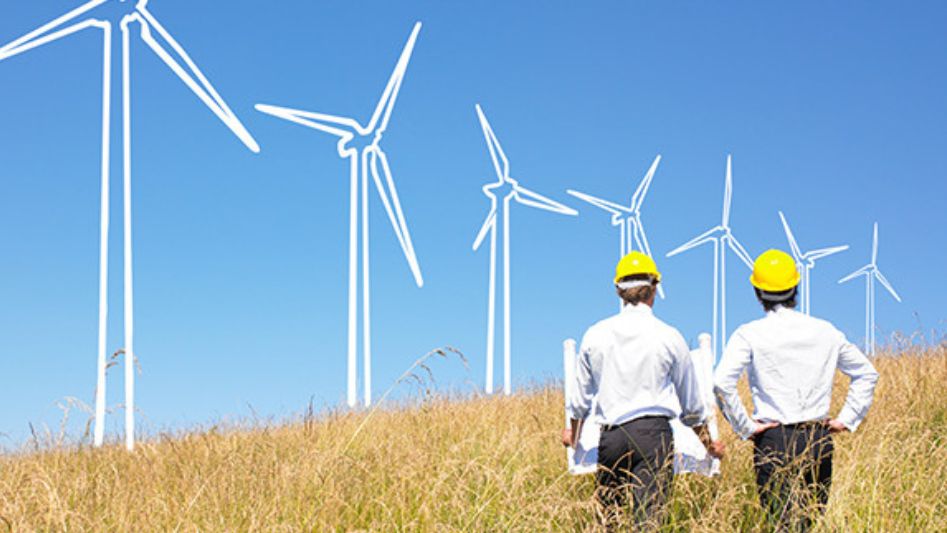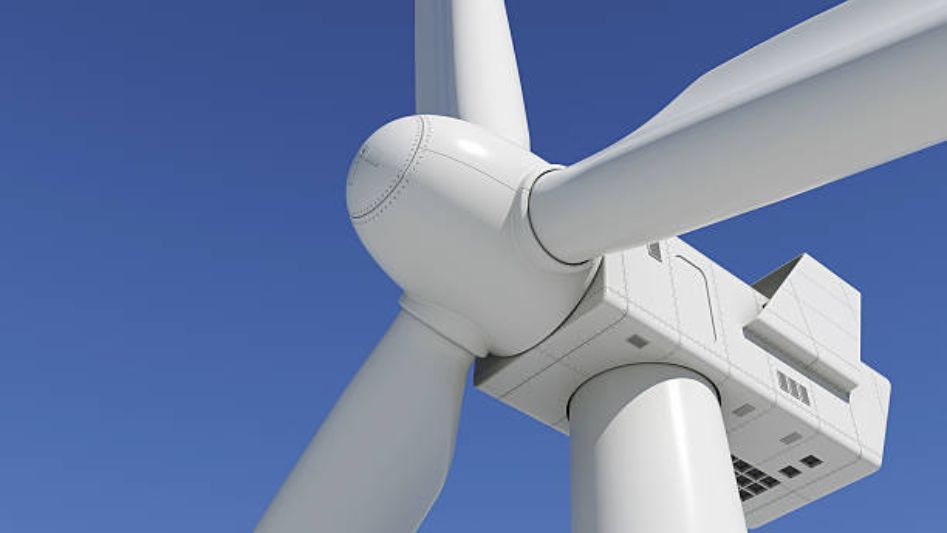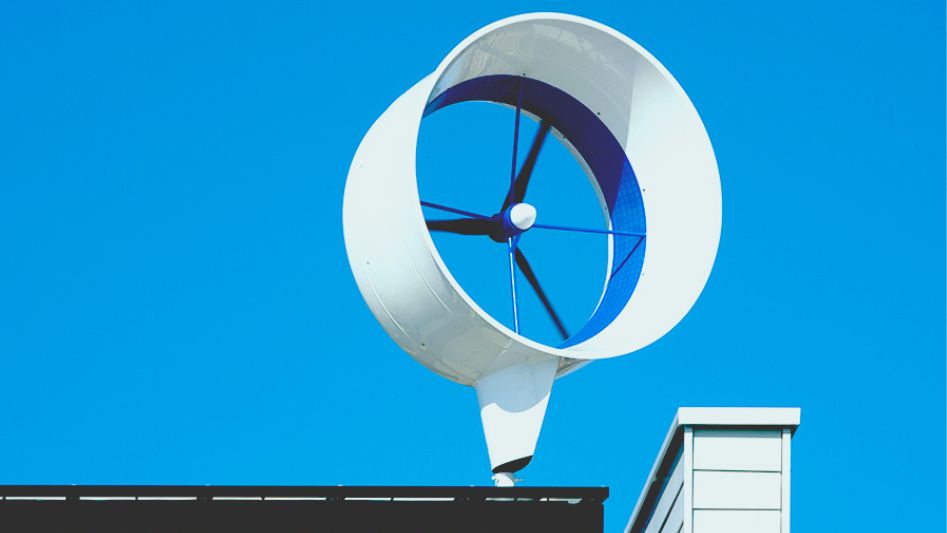Wind power is a kind of clean, renewable energy that may be put to use in a number of different ways. If you have ever wondered what the real applications of wind energy are, then this article is definitely something that you should read. We will investigate the several ways in which the kinetic energy of the wind might be put to beneficial use. Some of these applications may come as a complete surprise to you.
1 – To Generate Wind Power

The generation of electricity is among the most common use of wind energy today. During this stage, the wind is converted into usable energy by use of a wind turbine. When the blades of the wind turbine begin to revolve due to the force of the wind, a generator begins to operate, which in turn causes energy to be produced.
Since the first turbine that could generate energy was built, the use of wind power has not only become more widespread but also more effective. James Blyth, a Scottish professor, designed and constructed the world’s first wind turbine in 1887 so that he could use it to generate energy for the illumination of his vacation house.
Because of advances in technology, it is now possible to construct enormous wind farms. Depending on its capacity, onshore and offshore wind farms each have the potential to power millions of households.
2 – In Transportation
Wind power also has use in the automotive and shipping industries. Since the dawn of civilization, people have used wind power to power their sailing vessels. According to the findings of some researchers, sailing may have been used in some manner as long back as 5000 BC. In more recent times, we have seen ships of varying sizes, all of which successfully navigated under the influence of the wind.
It’s possible that the fact that some contemporary shipping corporations are starting to adopt wind energy again may surprise you. Large kites have been mounted on various ships, including fishing trawlers and transport ships. Under the correct circumstances, they may contribute to a reduction in fuel usage of up to 30 percent when used on extended trips. Companies that spend a substantial amount of money on gasoline and individuals searching for ways to lessen their carbon impact will find this to be an obvious draw.
3 – For Wind Sports

The use of wind power in sports and other activities that depend on the power of the wind is a more joyful use of wind power. The following is a list of some of the sports that make use of the energy provided by the wind:
- Windsurfing: This makes use of a mast and a sail that are fastened to a surfboard, which provides a platform for a person to stand on while controlling the sail.
- Sailing: This more conventional use of wind power is suitable for use in competitions between people or teams, such as those seen in sports.
- Land Sailing: This activity is quite similar to sailing; however, it is conducted on land using a miniature vehicle equipped with wheels and a sail.
- Kitesurfing: When kitesurfing, a person will stand on a surfboard while hanging on to a kite at the same time. They then ride the waves as well as the air, ultimately ascending to considerable heights as a result of this activity.
- Kiteboarding: Kiteboarding is very similar to kitesurfing, with the exception that it is conducted on land and a smaller, wheeled board is used instead of a surfboard.
- Kitebuggying: This activity is very much like kiteboarding, except that a tiny buggy is used instead of a board and the rider sits rather than stands.
Even though you may believe that activities like parachuting and gliding use the energy the wind provides, this is not the case. The term “air sports” refers to activities that take place in the atmosphere but do not always rely on wind power for propulsion.
4 – In Food Production
Wind power has a long history of use in the agricultural industry. Before the advent of the industrial revolution, mills powered by wind were often employed to grind grain into flour, which was then used in baking goods like bread. In more recent times, the invention of electricity and motors has reduced our need for such structures; hence, we no longer need to construct them. Because of this, industries can now create goods such as flour in a far more effective manner.
5 – For Pumping Water
It’s possible that you’re not aware that wind energy may also be utilized to pump water via a wind pump, but you should be. Wind pumps have a visual appearance that is somewhat dissimilar to that of a conventional windmill; however, rather than milling grain, wind pumps are used to pump water.
Historically speaking, these buildings were used to drain land. Electric motors have completely supplanted wind pumps since they were first invented. This is for the same reason windmills were utilized in food production.

Overview
And with that, we’ve covered five of the most common applications for wind power. Although certain uses are more common than others, they each have their own set of advantages. Wind resources may be used for our personal delight, for the reduction of our overall carbon footprint, and even for reducing our reliance on fossil fuels.
Wind energy systems that create electrical power are by far the most widespread usage in today’s world. Sailing has consistently been the activity that makes the greatest use of wind power throughout history. Additionally, windmills were often used to mill grain for use in the manufacturing of food.

